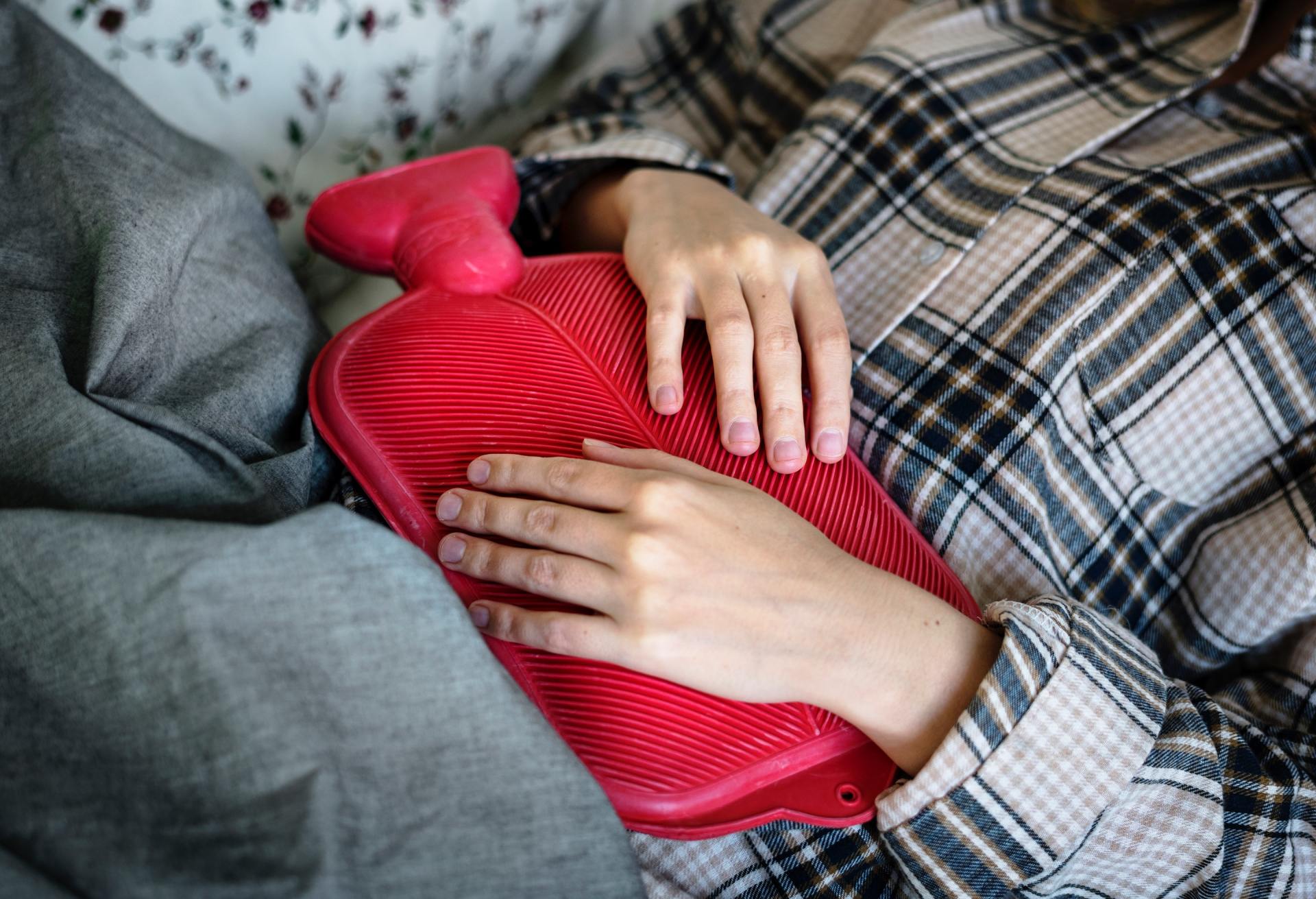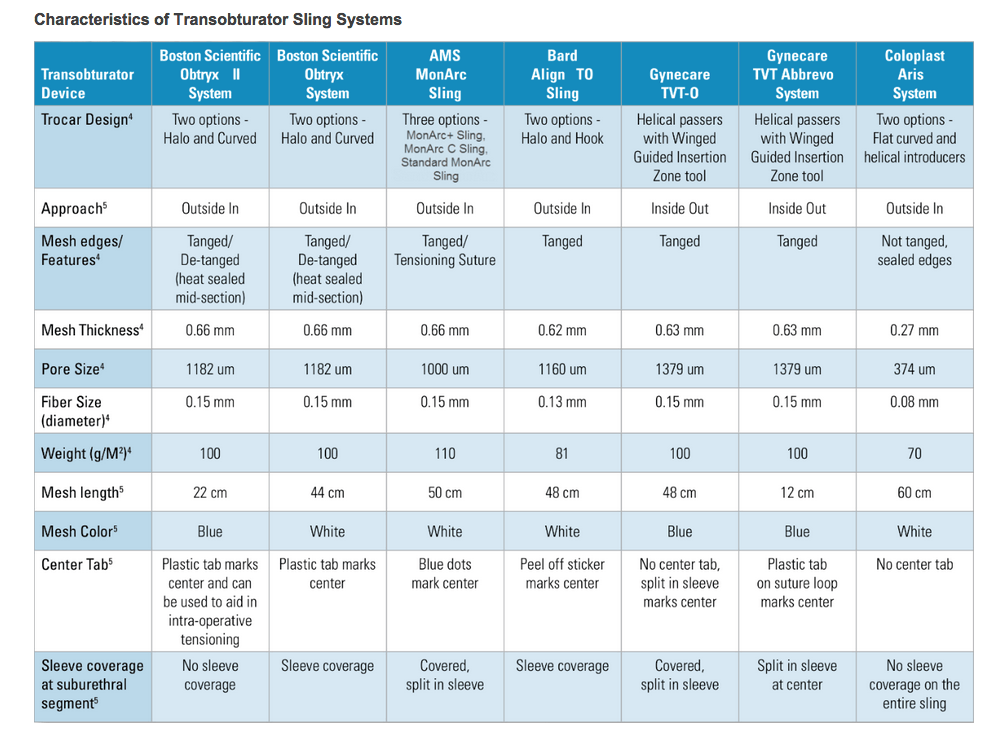Vaginal Mesh Problems
Make Appointment Problems with vaginal mesh?
Problems with vaginal mesh?
Vaginal mesh represent synthetic hammocks that are ideally supposed to fix urinary leakage. Mesh can also fix organs that are falling out, a condition called prolapse. Most surgeries go well. Unfortunately, a small percentage of vaginal mesh implantations can cause problems.

Why see Dr. Kella
for vaginal mesh removal?
Why see Dr. Kella
for vaginal mesh removal?
Dr. Kella became interested in mesh removals when a patient asked if he could robotically remove a mesh erosion. The case was similar to fistula cases. A fistula is a situation where an abnormal connection between organs exist. For example, a connection between the bladder and vagina. Some cases can be done through a vaginal approach. These cases can be difficult and patients have come from around the United States to have their mesh removed by Dr. Kella.

What is being done to fix the problem?
Removing vaginal mesh can be difficult. Mesh was not designed to come out. Many surgeons rightfully avoid mesh removal surgery due to potential risk of injury. Finding an experienced surgeon is important.
Physical therapy and medical therapy are also used to help address mesh-related issues. Medication such as estrogen can help rebuild the vaginal wall and treat minor cases of erosion. Physical therapy can help with abdominal or pelvic pain. However, for some, these treatments are not enough. These women could even undergo surgery to attempt removal of the mesh

What are symptoms after transvaginal mesh implant surgery?
Surgery using mesh is done to fix pelvic prolapse (falling out bladder or vagina) or urinary leakage. We call these surgeries sacrocolpopexy, anterior repair, posterior repair, and urethral sling repairs. All these surgeries have variations and can use mesh. Normal symptoms after surgery usually go away by 6 weeks. This can include pain and some vaginal bleeding. Urination is usually normal right after surgery.
Sometimes, pain persists or starts to become a problem months after the procedure. Pain can occur during activity. Many times, the pain is during sex. Husbands or partners sometimes can feel the mesh and also complain of pain. These problems lead to social isolation and problems with intimacy. Women can gain weight because they no longer are active. Marriages undergo stress due to the lack of sexual intimacy. In general, there are a couple of types of problems.
A listing of different TOT systems:

